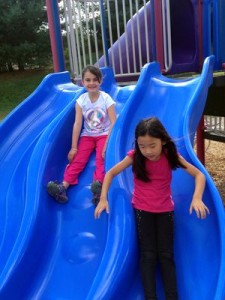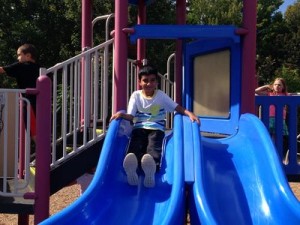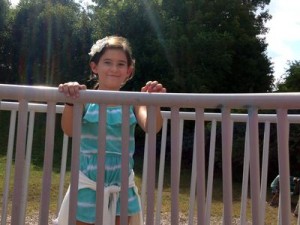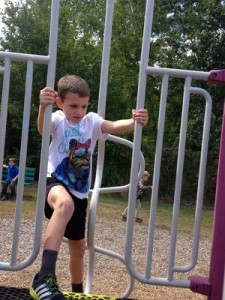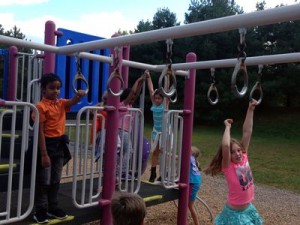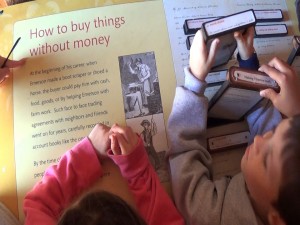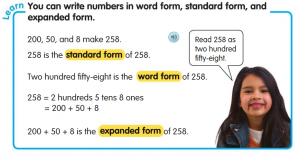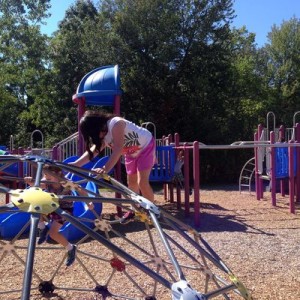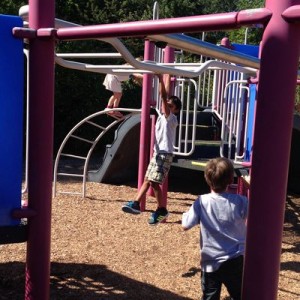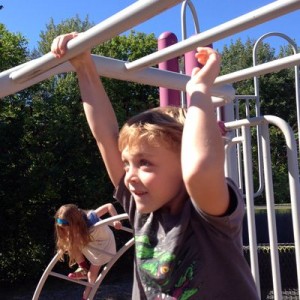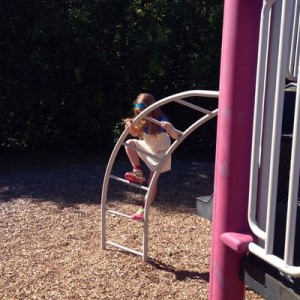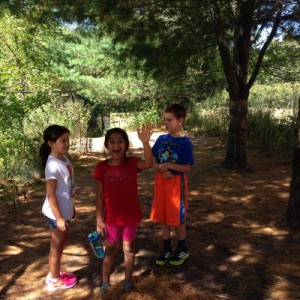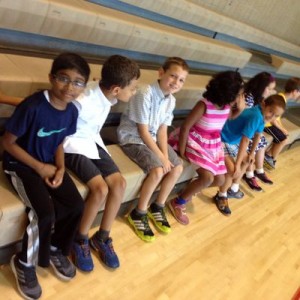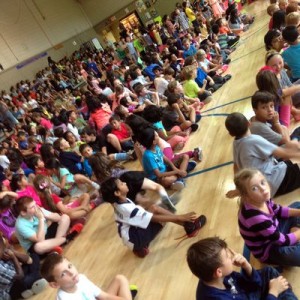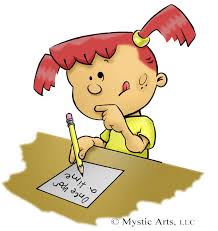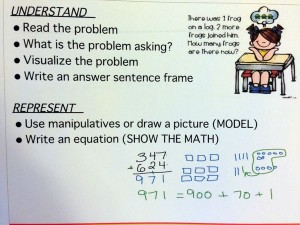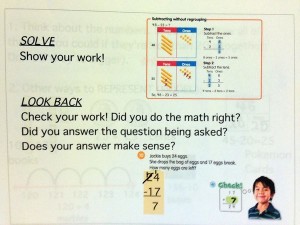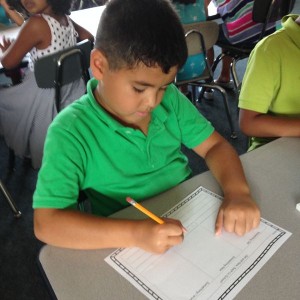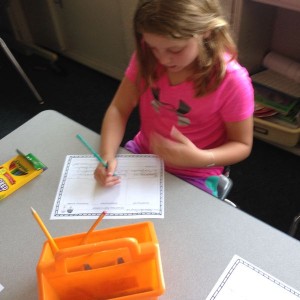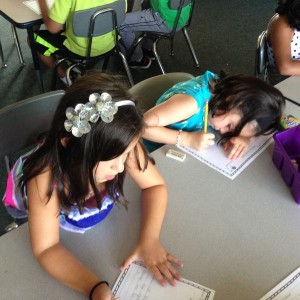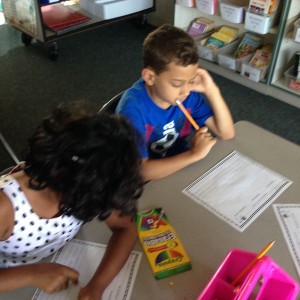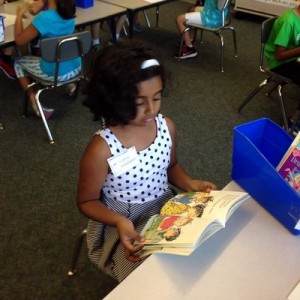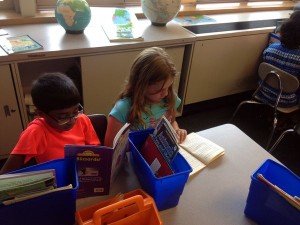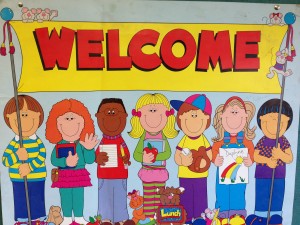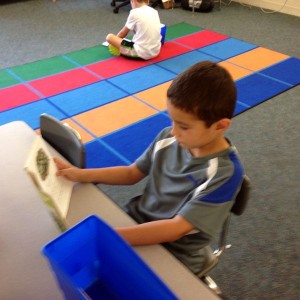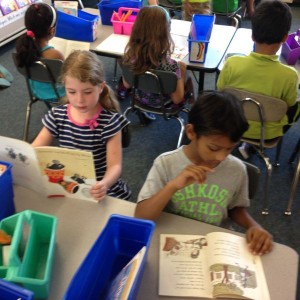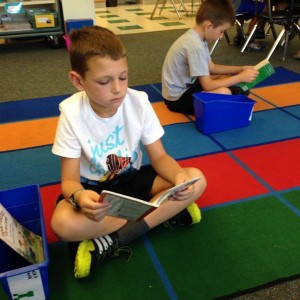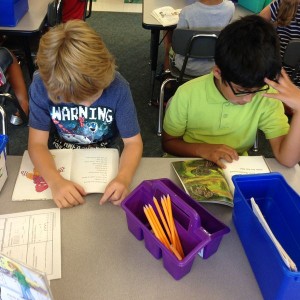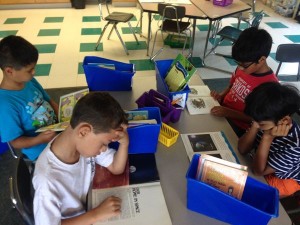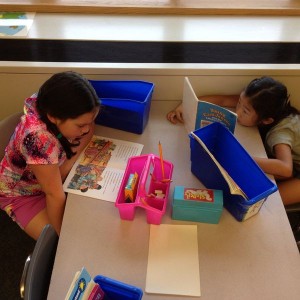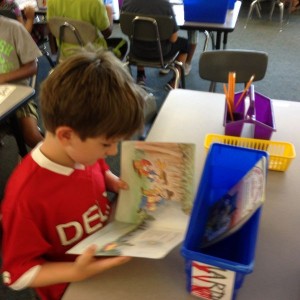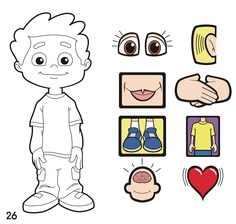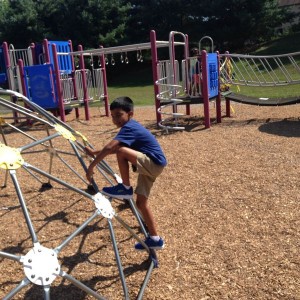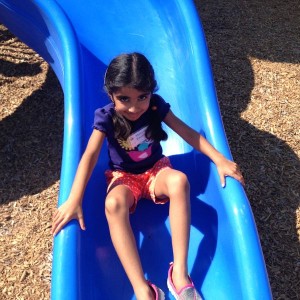Posted by kavery508 | Posted in Uncategorized | Posted on September 28, 2015
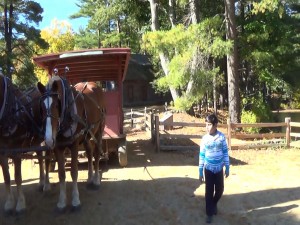 Thanks to all who have offered to join us as chaperones on our field trip! There’s still room for one more: let me if you can help out! The permission slip is going home today. Please return it at your earliest convenience. Checks should be made out to FSS Student Activity Fund. Chaperones who have already contacted me should send payment for both parent and child. No need to put contact info: we’ll take care of it the morning of the trip.
Thanks to all who have offered to join us as chaperones on our field trip! There’s still room for one more: let me if you can help out! The permission slip is going home today. Please return it at your earliest convenience. Checks should be made out to FSS Student Activity Fund. Chaperones who have already contacted me should send payment for both parent and child. No need to put contact info: we’ll take care of it the morning of the trip.
 We’re still in need of hand sanitizer to keep our classroom healthy. Please send in a big bottle when you can, and thanks!
We’re still in need of hand sanitizer to keep our classroom healthy. Please send in a big bottle when you can, and thanks!
 I hope to see you on Thursday night at Curriculum Night. The evening starts in the cafeteria at 6:45. It’s a night for grownups only, please! When you come down to our room (Teal hallway, very last door on the right, 218), come say hello and look around. Near the front door will be a signup for Parent Conferences on November 3. On the big nearby table will be a signup for volunteers who’d like to help out at Fall Festival in our room (morning of October 30). Once we’re settled, I’ll share with you elements of our curriculum, especially the big ideas in reading, writing, and math in grade 2. I’ll also show you some features of our blog that can be a big help at home. Finally, I’ll do my best to leave time for questions–though you can contact me with them anytime! Please contact me separately if you’d like to discuss your child’s progress–with 40 people around that night, I get very awkward about discussing individual students. <“) If you are unable to come that night, I will send home a copy of the packet we’ll be using (which will contain our class contact list) and available Conference times.
I hope to see you on Thursday night at Curriculum Night. The evening starts in the cafeteria at 6:45. It’s a night for grownups only, please! When you come down to our room (Teal hallway, very last door on the right, 218), come say hello and look around. Near the front door will be a signup for Parent Conferences on November 3. On the big nearby table will be a signup for volunteers who’d like to help out at Fall Festival in our room (morning of October 30). Once we’re settled, I’ll share with you elements of our curriculum, especially the big ideas in reading, writing, and math in grade 2. I’ll also show you some features of our blog that can be a big help at home. Finally, I’ll do my best to leave time for questions–though you can contact me with them anytime! Please contact me separately if you’d like to discuss your child’s progress–with 40 people around that night, I get very awkward about discussing individual students. <“) If you are unable to come that night, I will send home a copy of the packet we’ll be using (which will contain our class contact list) and available Conference times.
 The rest of this week’s blog focuses on Math Homework, which begins tonight:
The rest of this week’s blog focuses on Math Homework, which begins tonight:
Every night, your child should bring home a colored “Math Homework Resources” folder, in addition to the green communication folder. In the front pocket will be a stapled packet with all 4 nightly assignments. The pages are pre-dated and usually they will be double-sided. Students should complete each night’s work; put the packet back in the front pocket; and return the folder the next day along with the green folder. They should not tear the homework pages off of the packet–we all know what happens with too many loose papers! Each morning, I will check the homework and students will return the packets to the folder. On Friday, the folder should be cleaned out to make room for the next week’s work.
In addition to the packet, there will be 2 optional homework pages sent home each week, marked “Optional Challenge” at the top. They will be placed in the back pocket of the math homework folder. These pages are challenge work from our Math in Focus program. They are great for kids who are ready to think more deeply and broadly about the math concepts we’re working on–but they’re great for everyone else, too! Families can work together to solve them, following steps and logical thinking that makes sense for them, all the while engaging in math discourse and trial-and-error. Smart! In any case, these pages are not required work; as such, they can be returned any day of the week or not at all.
The homework pages are meant to reinforce the skills and concepts that students work on daily in school. They’re meant to be a source of practice and building fluency with numbers and problem-solving. We’re working through Chapter 1 of Math in Focus, which is all about understanding numbers to 1,000. Students are expected to learn how to identify numbers and write them in standard, word, and expanded form; how to break them apart and put them together using their 100s, 10s, and 1s; how to add/subtract by changing the place value (e.g. 342-20 just means taking 2 tens away); and how to compare and order numbers (more/less than; greatest to least; etc.).
The pages in the center of the homework folder are there for several reasons. For example, at the start you’ll see a page with number words to help your child write answers. In addition, there are vocabulary pages that remind students of the math terms taught in class that they are expected to know (and that show up on homework). You’ll also see sample pages copied from our math book that show how concepts are being taught, and what the homework is looking for students to do. Next, you will find pictures of base-10 blocks. These can be cut out and kept at home to help when students are stuck understanding 3-digit numbers; breaking numbers apart and writing them in expanded form; adding and subtracting; and any time the numbers involved prove too challenging to do it all mentally. The last two pages feature optional games that reinforce the concepts of expanded notation and comparing numbers (remember to use base-10 blocks if your child is stuck!). I will add to the pages periodically throughout the year.
Regarding how much help to give your child: Please DO help read directions if s/he needs it. Then ask how s/he thinks they should go about solving items. Remind them about using resources in the folder when writing words, etc., and by all means help them if they’re stuck or need a hand getting started. Please DON’T write answers for your child.
The math program we are using is very comprehensive and focuses on teaching concepts deeply at a high level of challenge. It is very different from how I learned math, and likely how you learned it too! The language and the approach will no doubt lead to questions about how to do it (I sure had a bunch my first time around). If you’re ever stuck, please know you can email me any night. I’m here to help–we’re all in this together!

